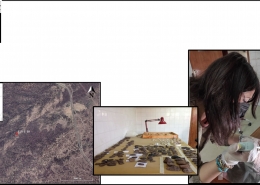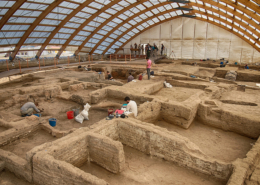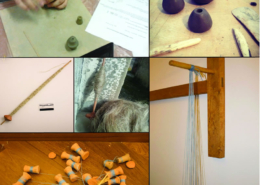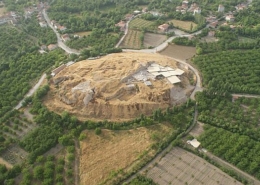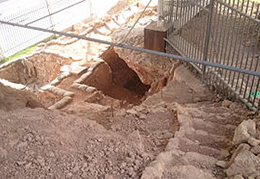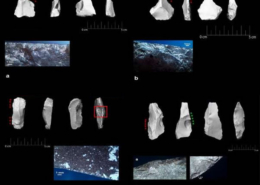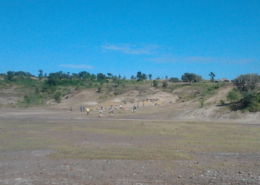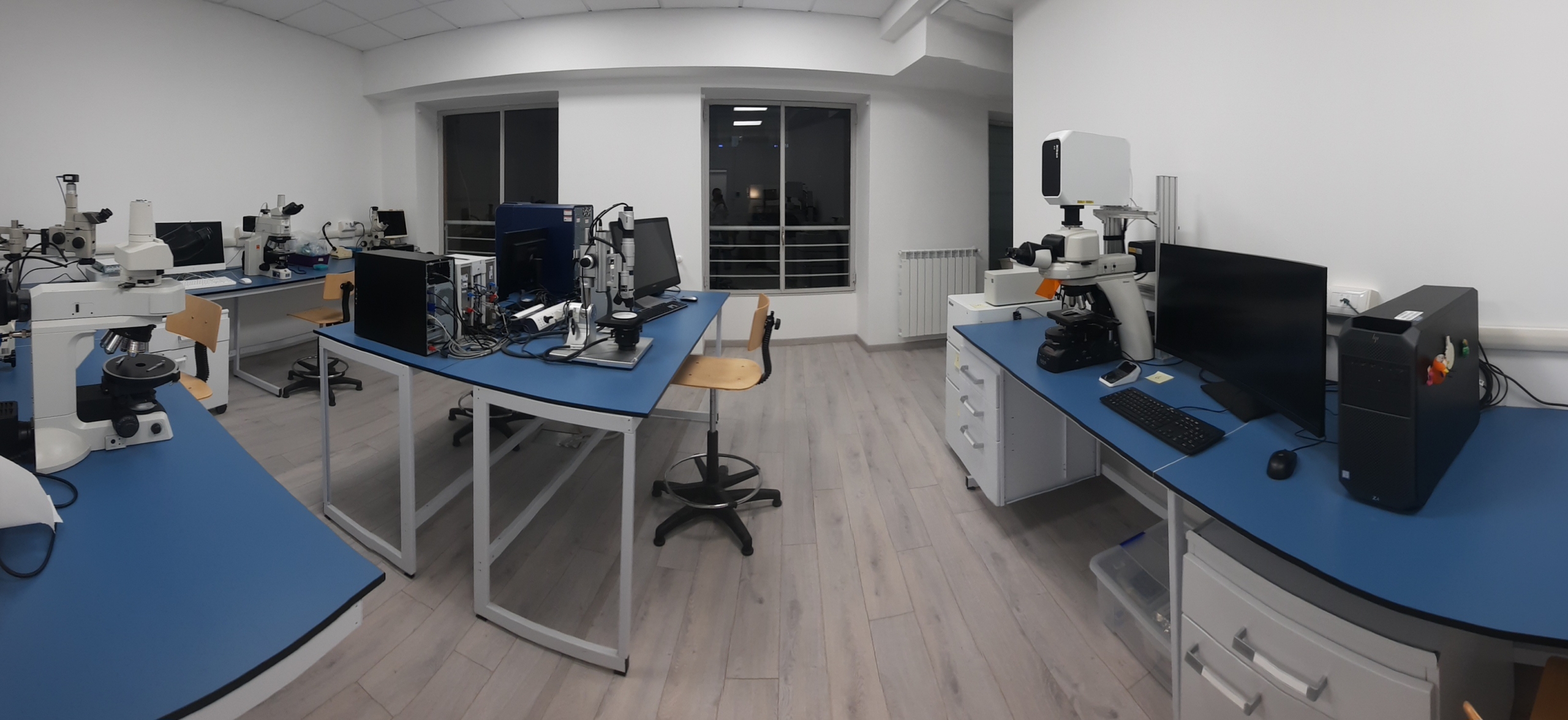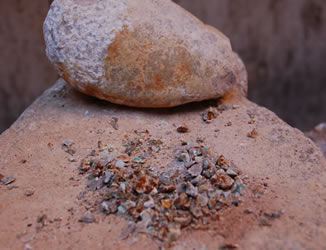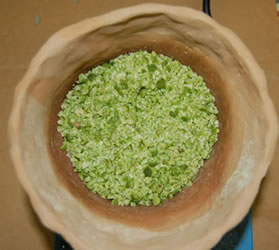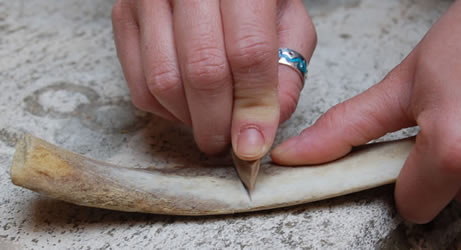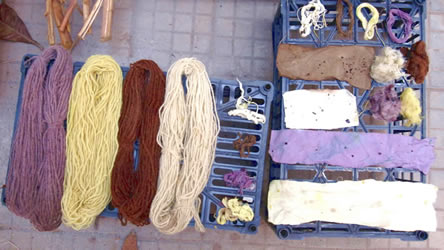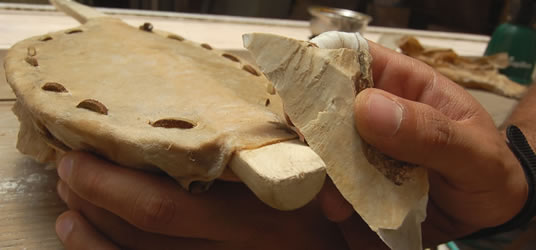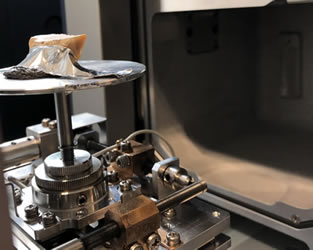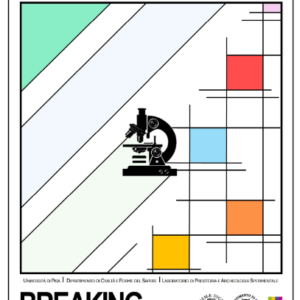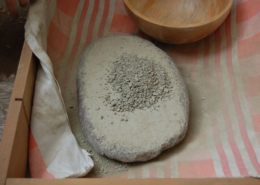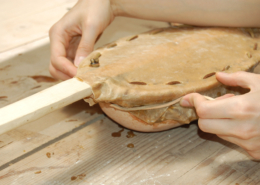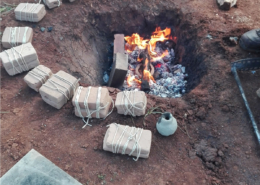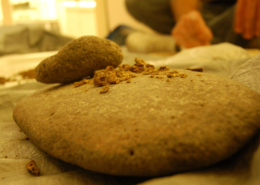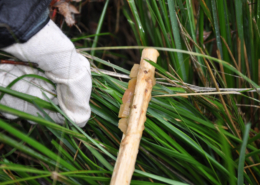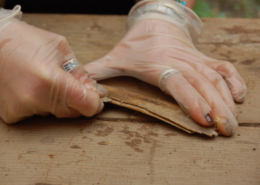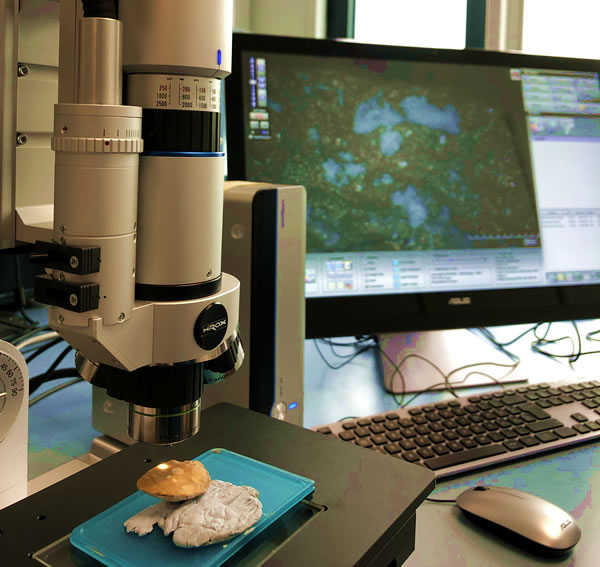
The Laboratory of Technological and Functional Analyses of Prehistoric Artefacts (LTFAPA) is specialised in technological and functional analyses, performed through experimental archaeology, traces and residues analyses of archaeological artefacts made of stone, osseous materials, pottery and metal.
Experimental archaeology, traces analysis, residues analysis have a firmly established methodology, and are applied now systematically in prehistoric contexts and they are spreading also in protohistoric and historic ones. The LTFAPA standard approach is an integration of the three approaches for the interpretation of the Past.
A reference collection of replicas of archaeological objects owning traces produced via controlled experimental protocols is a key part of our laboratory. LTFAPA has a reference collection of technological and use-wear traces developed on more than 1500 replicas of knapped lithic tools and macro-lithic tools plus a reference collection of various osseous, pottery, metal tools replicas and a reference collection of plant, animal, and mineral residues. The reference collection is accessible to students and scholars for educational and scientific purposes.
The laboratory is equipped with high-tech optical equipment (transmitted and reflected light stereomicroscopes; reflected, transmitted and confocal light metallurgical microscopes equipped with high-definition cameras; electron scan microscope equipped with an EDX probe; digital microscope).
The laboratory is not entirely dedicated to research activities but is also a place where undergraduate and graduate students can learn how to analyse stone, osseous, pottery, metal tools through the application of a morpho-techno-functional approaches and to organise and to process the obtained data through data entry in dedicated databases.
Events
INTERTWINED PASTS – 3-6 September 2025 – Belgrade
AWRANA 2026
Our projects
